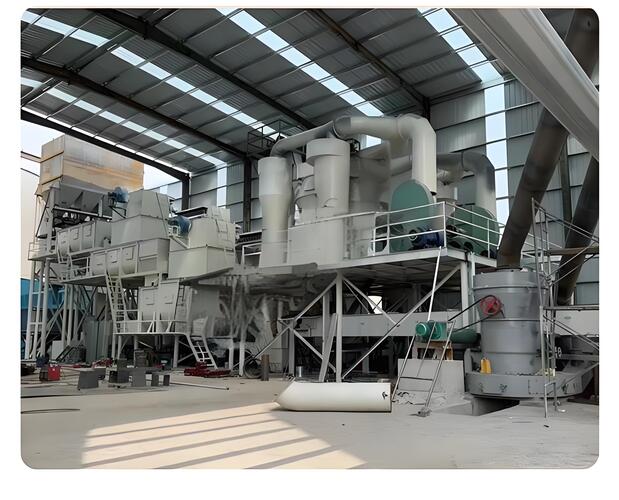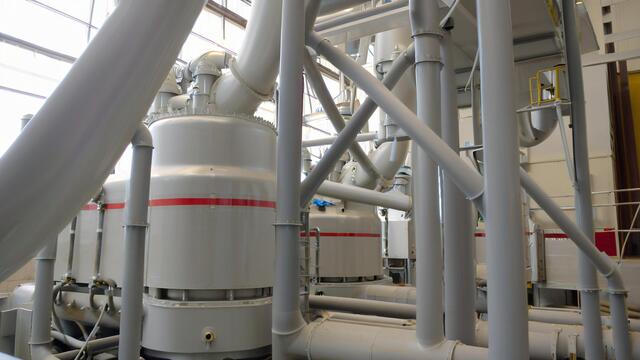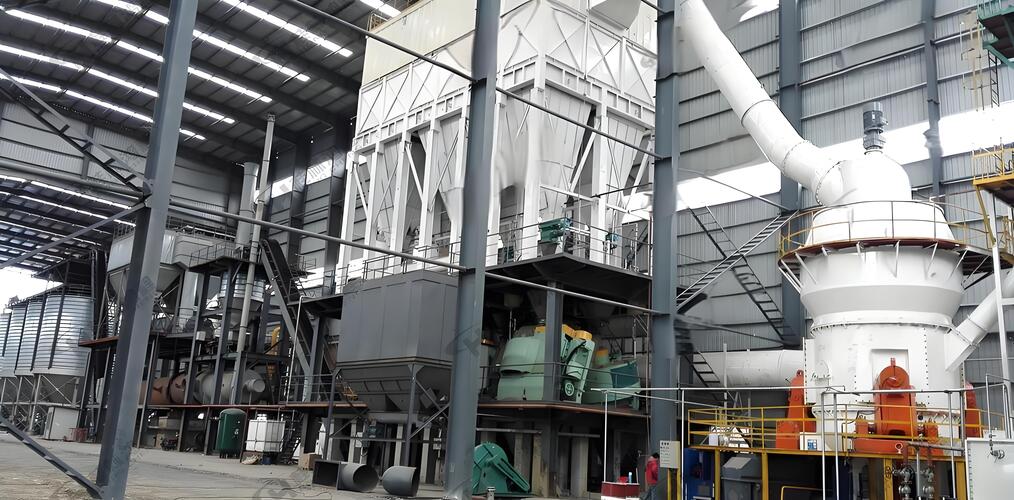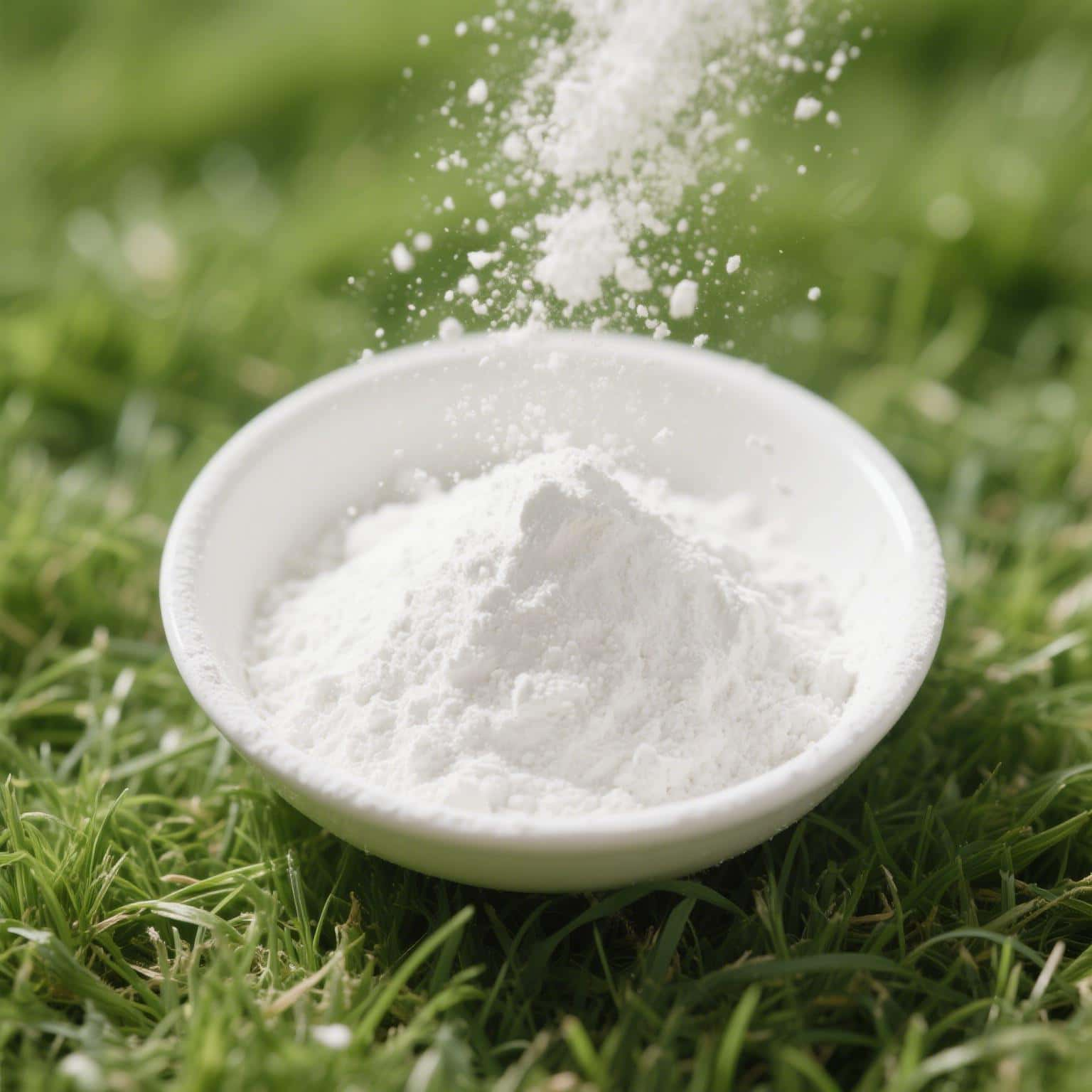Hydrated Lime vs Sodium Bicarbonate for Flue Gas Acid Removal
News 2025-04-03
Industrial facilities seeking efficient flue gas acid removal solutions often face a critical choice: hydrated lime (calcium hydroxide) or sodium bicarbonate (NaHCO₃). While both agents neutralize acidic pollutants like SO₂ and HCl, their operational efficiencies, costs, and environmental impacts differ significantly. This article provides a focused comparison tailored to engineers and procurement managers, emphasizing practical considerations for flue gas desulfurization (FGD) systems.
Core Mechanisms of Acid Gas Neutralization
Flue gas acid removal relies on alkaline sorbents to chemically neutralize acidic emissions. Here’s how each agent works:
Hydrated Lime (Ca(OH)₂) Reaction Pathways
Sulfur Dioxide (SO₂) Removal:
SO2+Ca(OH)2→CaSO3+H2OSO2+Ca(OH)2→CaSO3+H2O
Further oxidation converts calcium sulfite (CaSO3CaSO3) to gypsum (CaSO4CaSO4), a process detailed in our guide to calcium hydroxide flue gas desulfurization.
(For a deeper understanding of calcium hydroxide’s properties, see our sodium hydroxide vs calcium hydroxide comparison.)
Hydrogen Chloride (HCl) Neutralization:
2HCl+Ca(OH)2→CaCl2+2H2O2HCl+Ca(OH)2→CaCl2+2H2O
Sodium Bicarbonate (NaHCO₃) Reaction Pathways
Thermal Activation: At 140–200°C, NaHCO₃ decomposes into reactive sodium carbonate (Na2CO3Na2CO3):
2NaHCO3→Na2CO3+CO2+H2O2NaHCO3→Na2CO3+CO2+H2O
Acid Gas Capture:
SO2+Na2CO3→Na2SO3+CO2SO2+Na2CO3→Na2SO3+CO2
HCl+NaHCO3→NaCl+CO2+H2OHCl+NaHCO3→NaCl+CO2+H2O

Operational Efficiency Comparison
1. Reaction Speed and Temperature Range
Hydrated Lime:
Effective at higher temperatures (up to 400°C), ideal for coal-fired plants.
Slower reaction requires longer gas-sorbent contact time.
Sodium Bicarbonate:
Reacts within milliseconds under optimal temperatures (140–200°C).
Unsuitable for high-temperature flue gases without cooling systems.
2. Sorbent Consumption and Byproduct Volume
Hydrated Lime:
Higher dosage required (1.5–2x stoichiometric ratio).
Generates non-hazardous calcium salts (e.g., CaSO₃, CaCl₂), but in larger volumes.
Sodium Bicarbonate:
Lower stoichiometric ratio (1.1–1.3x) reduces material use by 20–50%.
Produces sodium salts (Na₂SO₃, NaCl) and CO₂, complicating waste management.
3. System Compatibility
Hydrated Lime:
Compatible with dry injection and spray dryer absorber (SDA) systems.
Requires robust filtration for byproduct collection.
Sodium Bicarbonate:
Best suited for dry sorbent injection (DSI) with precise temperature control.
Minimal retrofitting needed for existing systems.
Cost-Benefit Breakdown
| Factor | Hydrated Lime | Sodium Bicarbonate |
|---|---|---|
| Material Cost (per ton) | 50–50–100 | 200–200–400 |
| Dosage per Ton of SO₂ | 2.7–3.5 tons | 1.8–2.2 tons |
| Waste Disposal Cost | Lower (non-hazardous) | Higher (sodium salt handling) |
| System Maintenance | Moderate (filter cleaning) | Low (minimal residue) |
Case Example:
A Chinese steel plant reduced SO₂ emissions by 89% using hydrated lime in flue gas desulfurization systems, achieving a 25% lower annual cost compared to sodium bicarbonate.
(Curious how calcium hydroxide compares to other alkalis? Explore our sodium hydroxide vs calcium hydroxide guide for more insights.)
Environmental and Regulatory Considerations
1. Carbon Footprint
Hydrated Lime:
Production emits CO₂ during limestone calcination, but waste gypsum can be recycled in construction.
Sodium Bicarbonate:
Releases CO₂ during thermal activation and reactions, increasing overall emissions.
2. Regulatory Compliance
Hydrated Lime:
Byproducts like CaSO₃ are classified as non-hazardous under EPA guidelines.
Sodium Bicarbonate:
Sodium salts may require specialized disposal to meet local water quality standards.
Industry-Specific Recommendations
1. Power Generation (Coal/Gas)
Best Choice: Hydrated lime for high-temperature flue gases and cost-sensitive operations. Learn how to optimize calcium hydroxide for FGD systems in power plants.
Tip: Combine with fabric filters to improve byproduct collection efficiency.
2. Waste Incineration
Best Choice: Sodium bicarbonate for rapid HCl removal and compact systems.
Tip: Install gas coolers to optimize NaHCO₃ activation temperatures.
3. Cement and Metal Processing
Hybrid Approach: Use hydrated lime for SO₂ control and sodium bicarbonate for trace HCl/NOₓ removal. (Learn why calcium hydroxide is preferred over sodium hydroxide in construction in our detailed comparison.)
Innovations in Sorbent Technology
Surface-Modified Hydrated Lime: Nano-coatings enhance reactivity by 30%, reducing dosage needs.
Low-CO₂ Bicarbonate Blends: Chemically treated NaHCO₃ minimizes carbon emissions during FGD.
AI-Driven Dosing Systems: Machine learning optimizes sorbent injection rates in real time.
Key Takeaways for Decision-Makers
Hydrated lime dominates in high-temperature, high-volume scenarios due to cost efficiency.
Sodium bicarbonate excels in rapid, multi-pollutant removal but demands higher budgets.
Conduct a total lifecycle analysis (material + waste + energy costs) before finalizing your FGD strategy.
By aligning sorbent selection with operational realities, industries can achieve compliance, reduce costs, and support sustainability goals.



